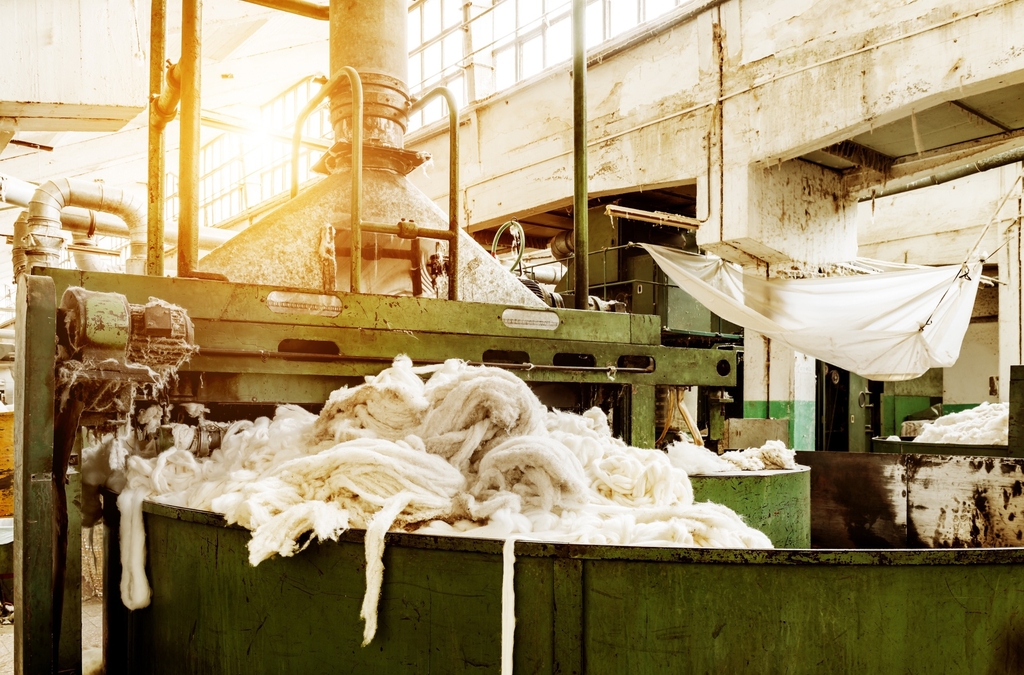Your web browser is out of date. Update your browser for more security, speed and the best experience on this site.
VME session on air and odour in the textile sector
Investigating and addressing odour problems in the textile sector

Textile sector and odour
The textile sector includes, on the one hand, the production of fibres and yarns for textile use and, on the other hand, the industrial process of processing various textile goods at all stages of their transformation process. The problem of odour emissions in the textile sector is mainly during the production process.
Process steps such as producing, pre-treating and finishing textiles require 20 to 30 m³ of air per kg of raw material. This releases volatile organic compounds during the production process that can create a level of odour impact on the environment when ventilated.
Budgeting for this impact and formulating appropriate mitigation solutions are therefore crucial.

Odour impact when moving to new location
For the relocation of a textile company to a new site location, the government requested an odour study to estimate the impact on the surrounding area. Performing sensory, chemical and olfactometric odour measurements on the span frame revealed that the span frame can be considered a medium emission source resulting in an unpleasant odour release.
To reduce the resulting odour impact on the environment, treatment by activated carbon filter was then investigated. The activated carbon filter resulted in removal of unpleasant process odour, reducing odour and chemical components by more than 90%. By post-changing an activated carbon filter on the span frame emissions, the odour impact on the environment became negligible.

Odour study in response to odour reports.
In response to odour reports from the surrounding area and in-house ambiguity surrounding possible odour sources, an odour study was requested by a textile company. Through an odour audit, the main odour sources were identified after which they were measured sensorially, chemically and olfactometrically.
About two production lines were identified as the main sources of emissions based on these measurements. Chemical results showed additionally that there were no exceedances for occupational exposure. Together with the company, we are still investigating how to efficiently reduce the odour impact on the environment.
Synthesis
The presentation was judged interesting and relevant by VME members, praising the way OLFASCAN assists customers in the textile sector in the context of odour problems. In fact, there are no ready-made solutions for odour problems.
OLFASCAN therefore attaches importance to the concept of “knowledge is power”. By combining various odour measurements and odour methodologies, odour problems can be investigated in a more focused way and solutions can be formulated. Proper and open dialogue with the client is crucial in this regard.
How can we help?
If you’d like additional information, or have a specific question for one of our staff members, be sure to get in touch through our contact page.